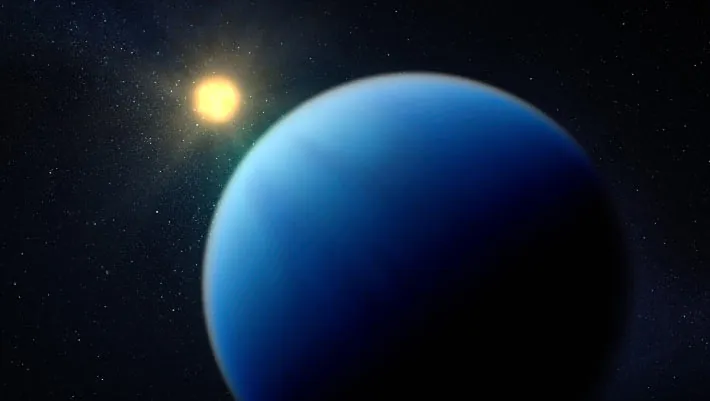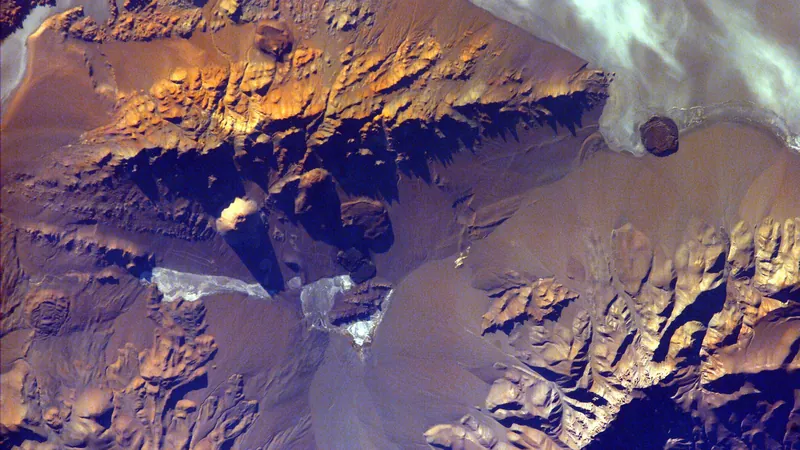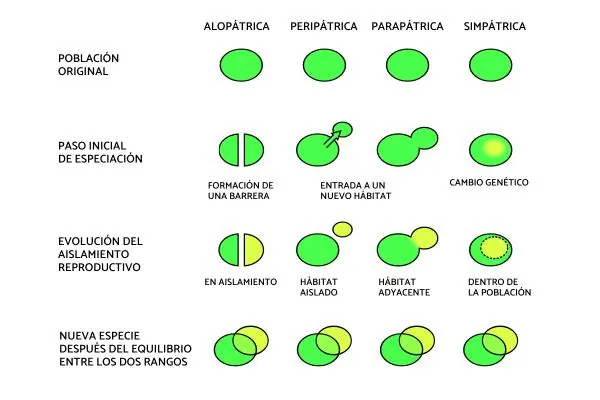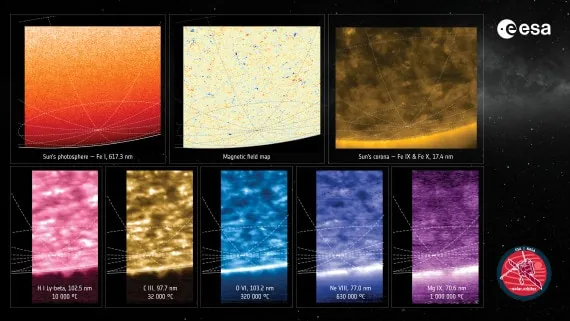
Revolutionary Breakthrough: Webb Telescope Reveals Secrets of Sub-Neptune TOI-421b's Atmosphere!
2025-05-06
Author: Noah
A New Era in Exoplanet Observation!
For the first time, scientists are diving deep into the mysterious atmospheres of sub-Neptune exoplanets, thanks to the groundbreaking capabilities of the James Webb Space Telescope.
What are Sub-Neptunes?
Sub-Neptunes are a fascinating category of exoplanets, significantly smaller than the gas giants we know, and convenient locations for studying planetary formation. These elusive worlds, obscured by dense clouds and hazes, posed a significant challenge to astronomers—until now!
Meet TOI-421b!
The recently observed TOI-421b is a sub-Neptune located an astonishing 245 light-years away in the constellation Lepus. Orbiting the aging solar-type star BD-14 1137, which is about 10 billion years old, TOI-421b boasts a radius 2.65 times that of Earth and an incredible surface temperature of 727 degrees Celsius (1,340 degrees Fahrenheit).
The Challenge of Observing Sub-Neptunes
Prior to the Webb's launch, astronomers struggled to glean any significant data about sub-Neptune atmospheres. Most observations revealed monotonous, flat-line spectra, suggesting these planets were enveloped in thick hazes.
Why TOI-421b?
Researchers targeted TOI-421b with hopes it would defy the trend of hazy atmospheres because of its high temperature, which could imply reduced haze. They anticipated a clearer atmospheric profile, and they were spot on!
The Stunning Findings!
When the team examined the spectroscopic data from TOI-421b, they were met with spectacular success! Not only did they uncover the presence of water vapor in its atmosphere, but they also detected potential signatures of carbon monoxide and sulfur dioxide—indicators of a dynamic atmospheric composition!
A Surprising Twist!
However, the big unexpected revelation was the dominance of hydrogen in TOI-421b's atmosphere. Scientists had assumed that this class of exoplanets would feature atmospheres rich in heavier molecules, yet TOI-421b shattered that expectation, suggesting a unique evolutionary path unlike any other observed sub-Neptunes.
A Cosmic Connection!
The hydrogen-rich atmosphere closely resembles the composition of TOI-421b's host star, hinting at a fascinating cosmic relationship. This intriguing discovery aligns more with the characteristics of the giant planets in our own Solar System.
A Landmark Moment for Astronomy!
Published in the Astrophysical Journal Letters, this study opens up new avenues for our understanding of sub-Neptunes, providing insights into their formation and atmospheric development. The future of exoplanet research is looking brighter than ever!
Conclusion: The Exoplanet Frontier Awaits!
As scientists continue to unravel the mysteries of exoplanets like TOI-421b, the James Webb Space Telescope is poised to redefine our understanding of planets beyond our Solar System, beckoning us towards deeper cosmic exploration.









 Brasil (PT)
Brasil (PT)
 Canada (EN)
Canada (EN)
 Chile (ES)
Chile (ES)
 Česko (CS)
Česko (CS)
 대한민국 (KO)
대한민국 (KO)
 España (ES)
España (ES)
 France (FR)
France (FR)
 Hong Kong (EN)
Hong Kong (EN)
 Italia (IT)
Italia (IT)
 日本 (JA)
日本 (JA)
 Magyarország (HU)
Magyarország (HU)
 Norge (NO)
Norge (NO)
 Polska (PL)
Polska (PL)
 Schweiz (DE)
Schweiz (DE)
 Singapore (EN)
Singapore (EN)
 Sverige (SV)
Sverige (SV)
 Suomi (FI)
Suomi (FI)
 Türkiye (TR)
Türkiye (TR)
 الإمارات العربية المتحدة (AR)
الإمارات العربية المتحدة (AR)